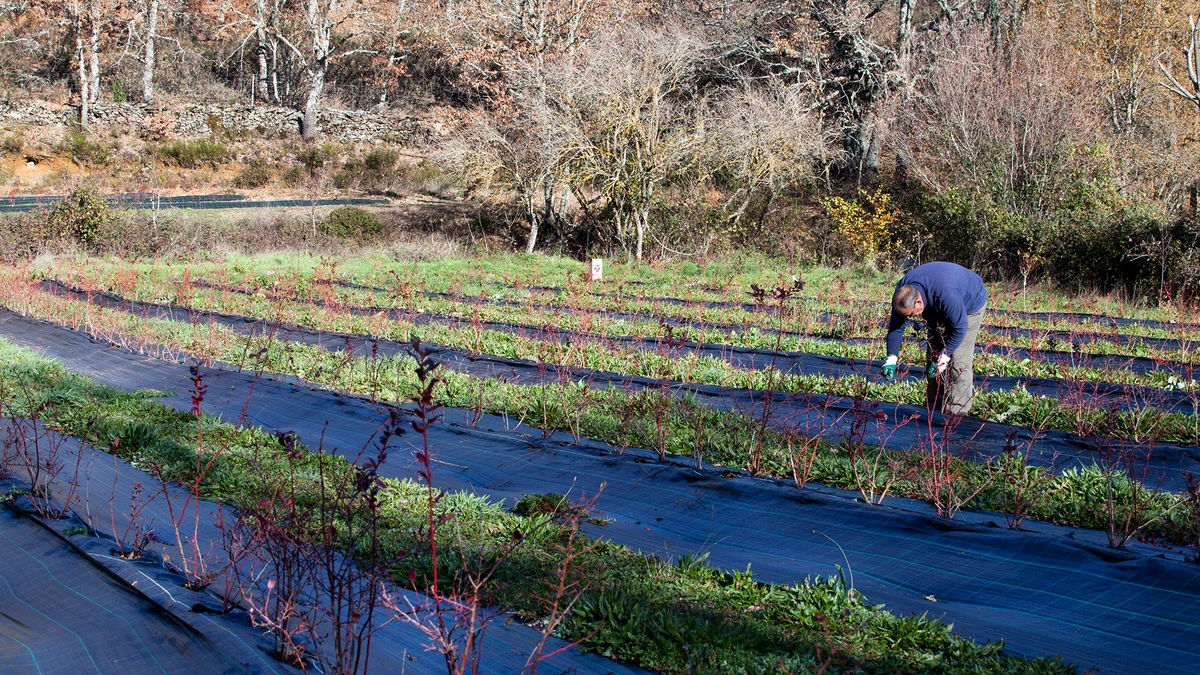
A research team from the University of Huelva has identified the biological factors that facilitate the rooting of cornflower cuttings and, therefore, their survival, including the thickness of the stem and the presence of phenolic compounds.
On the one hand, the stem must measure between 5 and 6 millimeters wide and on the other hand, experts point out that the presence of phenolic compounds – antioxidant substances beneficial for plants – facilitates the ability of this crop to take root, the Discover Foundation reported. in a report.
With this information, farmers could use biofertilizers rich in these compounds to stimulate plant growth. In this way, they acquire a new resource to manage this culture, which generally presents difficulties in thriving.
This is the first time that the anatomical, morphological and biochemical factors that influence the rooting capacity of Jewel and Violeta varieties have been evaluated in detail.
More precisely, experts identify specific parameters that favor its survival, such as the diameter of the stem of the cutting and the presence of certain biological compounds and antioxidants, called phenols, which serve to predict the success of growing each type of blueberry. .
“In addition, we found that the Jewel variety had greater rooting success,” explained Antonio Santos, researcher at the University of Huelva.
The researchers note that this study provides new insights into how anatomical, morphological and biochemical factors can influence blueberry cultivation success, paving the way for future research in this area.
Experts analyzed two of the most common commercial varieties of blueberries: Jewel and Violeta, to check what factors influenced their good rooting.
To do this, in November, they cut long cuttings from other blueberry plants, disinfected them and inserted them into a hormonal solution for a minute. They then planted these cuttings in a substrate prepared with peat and sand.
The research team then placed the plants in a room temperature misting chamber, where they received water spray every ten minutes. These conditions allowed greater stimulation of the roots.
They then assessed morphological parameters, such as stem diameter, number of leaves or root length, then cut the cuttings into sections to observe the biological phenomena that had occurred for the plant to produce the root .
Likewise, they analyzed the internal tissues of the plant and applied chemical techniques to extract phenolic compounds from plants, substances that plants produce and which have the function of protecting the plant against pathogens and reducing wear cellular.
In this way, the research team extracted samples for a month and collected these parameters in a computer program, which related the morphoanatomical and biochemical parameters of the plant with its rooting capacity.
“Thanks to this knowledge, hormones or biofertilizers can be used to stimulate the segregation of phenols and thus improve the rooting capacity of blueberry cuttings,” detailed Antonio Santos.

